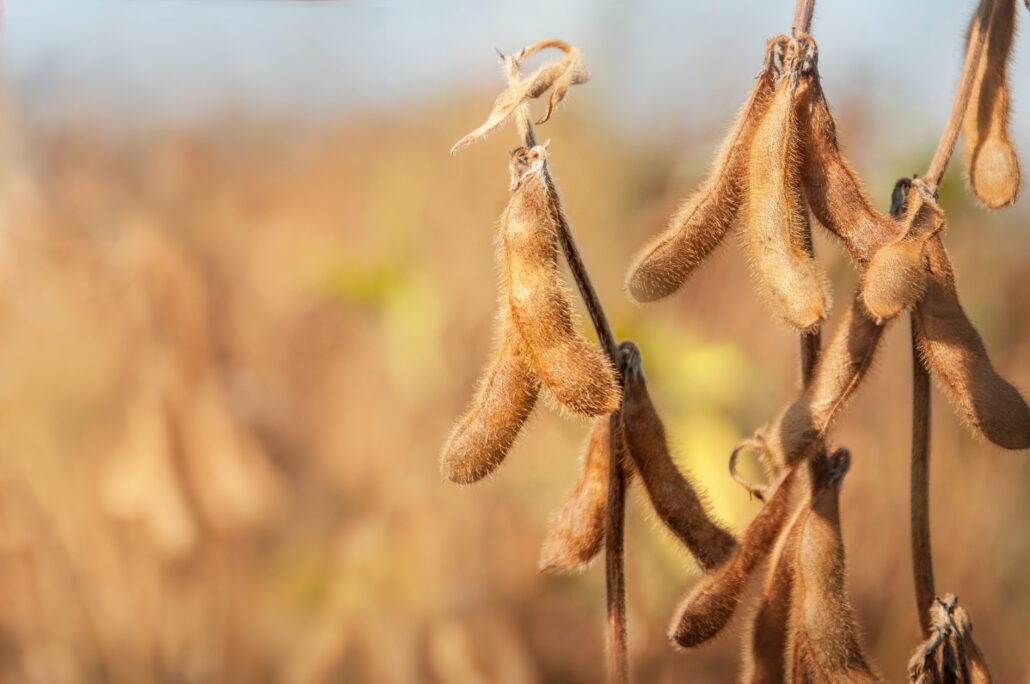CHECK OUT OUR MEDIA MENTION IN VITAFOODS INSIGHTS
22-Nov-2022
Upcycling may be a hot topic at the moment – but the concept is nothing new. What is driving consumer interest in these ingredients, and how relevant is upcycling for the nutraceutical industry?
Consumers seek out ethical shopping choices
Globally, people are becoming more concerned about food waste: 81% of worldwide consumers cite it as a factor they try to avoid when shopping, according to market research firm FMCG Gurus. This is driving people to make changes to their diets and lifestyles, with as many as 48% of respondents saying they have changed their diets to be more sustainable.
Six in 10 consumers who are familiar with the concept of upcycled ingredients – ingredients directly sourced from food that would otherwise potentially go to waste, which are then re-used to make other products – say that they find the concept appealing.
And it’s big business. The global upcycled ingredients market was estimated at $275.3 million in 2022, and worldwide consumption of these ingredients is projected to increase at a compound annual growth rate of 6.4% between 2022 and 2032, according to market intelligence company Fact.MR.
The trend can be seen from product launches worldwide: earlier this year in Chile, Cáscara Foods brought to market a collagen powder, made from hydrolysed collagen with upcycled blueberry and strawberry fibres; in Switzerland, Wood and Field launched its Wheycation recovery shake powder, made from upcycled whey; and in Australia, Fine Fettle Foods brought out a range of functional powders – Eat the Rainbow Vegetable Powder, Mighty Root Veg Powder, and Good Gut Powder – made by upcycling overly abundant and wonky produce.
Meanwhile, industry stalwart Dole is investing in upcycling programmes in Asia as part of its goal to eliminate food waste and petroleum-based packaging by 2025. In 2021, the company announced that it would repurpose 80% of “ugly” fruit from its Thailand farms to make snacks and packaging, while in the Philippines, it partnered with a startup called Ananas Anam, converting pineapple leaves into vegan leather.
Certification helps brands authenticate upcycling credentials
The Upcycled Food Association (UFA), formed in 2019, is a non-profit focused on preventing food waste by growing the upcycled food economy. It developed Upcycled Certified – the first and only third-party verified programme of its kind. To receive certification, ingredients must contain at least 95% of materials from surplus food or food by-products from manufacturing.
CEO Turner Wyatt said the UFA has been “more and more active in the nutraceutical space”. He pointed to SPINS statistics showing that sales of Upcycled Certified products grew by 1,046% between 2021 and 2022.
He told Vitafoods Insights: “There’s a huge opportunity here for businesses to make more money while they are actively preventing food waste. And whether you’re looking for a nutrient, a fruit or vegetable powder, a fibre or fat, or a sweetener – whatever it is, there’s probably an upcycled ingredient that meets those needs.”
He cited research from Innova Market Insights which found that 62% of consumers were willing to pay more for products that prevented food waste; 70% were more interested in buying a product once they saw it was Upcycled Certified.
Wyatt added: “Most importantly, [certification] helps to legitimise what’s happening by auditing the supply chain of anyone who is claiming to do upcycling in their product development or in their formulation, and ensuring that in fact there is a meaningful impact.”
Upcycling ‘could become as big as organic’
Comet Bio, a North American food ingredients company, joined the UFA in 2021. More than 200 of its products and ingredients are now Upcycled Certified, including its arabinoxylan dietary fibres, which have been recognised as such under the definition approved by the US Food and Drug Administration.
“The upcycling story has really resonated with customers and consumers,” CEO Rich Troyer told Vitafoods Insights. “We recently performed a third-party consumer research study that found that 42% of consumers believe that reducing food waste is a reason to purchase healthy and sustainable products.”
The plant nutrition containing arabinoxylan “has mostly been left behind in our modern food system”, he explained.
“Comet’s patented upcycling technology extracts valuable plant nutrition from crop leftovers including straw, leaves, and shells. The proprietary process is simple, yet hard to replicate, using only steam, water, and pressure for extraction,” he said.
“By leveraging materials that would otherwise go to waste – such as straw left over after a farm’s harvest or leftover parts of food processing, like spent brewers’ grains – we can close the loop on the food supply chain.”
Upcycling is poised to become a trend “as important as organic”, said Troyer. Circular food solutions not only help to combat climate change but “can counter current global economic pressures and supply chain volatility”, he added.
Closing the circle: Turning whey into animal feed
What about companies that have been using these methods for years? Arla Foods Ingredients says it is “proud” of its progress in developing a circular bioeconomy, which it says began with its founding idea: to turn waste whey into animal feed.
Levinia Scotti, the company’s sustainability programme manager, told Vitafoods Insights: “The whole basis of whey as an ingredient is the circular philosophy of creating value from a by-product.
“It all began years ago with the idea of turning renewable biological resources (whey and other dairy raw material flows) into value-added products. The aim of doing so is to create a circular bioeconomy that keeps the value of products, materials, and resources in the economy for as long as possible. Of course, that concept is particularly timely now.”
Asked about the challenges of creating efficient upcycling processes, Scotti said the biggest was “probably building the right knowledge and technology”.
She added: “It has taken us time and research to develop the knowledge and technologies needed to maximise efficiency in our upcycling processes, and to realise as many cross-segment synergies from our raw material as possible. Now we constantly valorise whey and milk ‘streams’ through fractionation, and reduce waste by upgrading the resulting third, fourth, and fifth side-streams for use in areas like feed and energy production.”
Big ideals, big business
As for what is driving the increased interest in upcycling, Wyatt said: “The reason that you’ve heard about upcycling more recently – even though it is an ancient concept, really – is because there is a newfound effort to align the consumer products industry with the increasingly sustainability-driven desires of consumers… and to specifically call out upcycling as a solution to climate change.
“We’re standardising this industry, giving it a common vernacular… [that] activates all of these people across the supply chain to prevent food waste together.”
Scotti said that to maximise upcycling potential, “a collaborative approach is key”.
She added: “We make many of our side-streams available to other companies, enabling them to add more value to their by-streams – for example, as feed products or materials for biogas. Another opportunity lies in consistently applying circular economy principles to all the resources we use in our production – for example, water, packaging materials, and energy.”
The biggest barrier to demand is awareness, Wyatt explained. “Most consumers want to buy more upcycled products – but they just don’t know what upcycling is yet,” he said.

